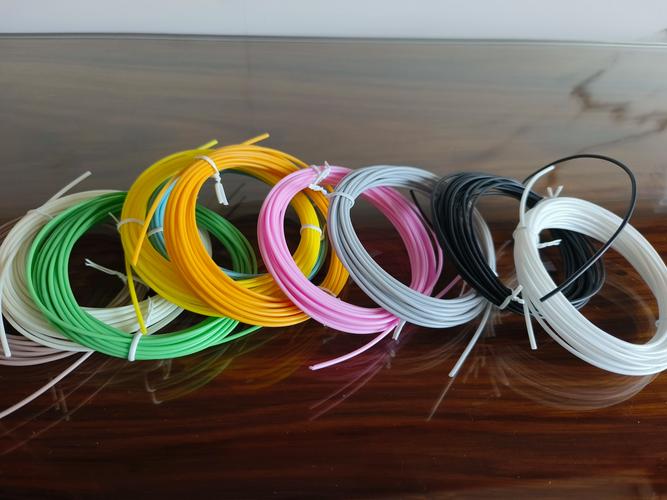
Do 3D printers only use plastic?
Short answer: No, 3D printers can use a wide range of materials beyond plastic, with applications spanning industries from aerospace

Short answer: No, 3D printers can use a wide range of materials beyond plastic, with applications spanning industries from aerospace
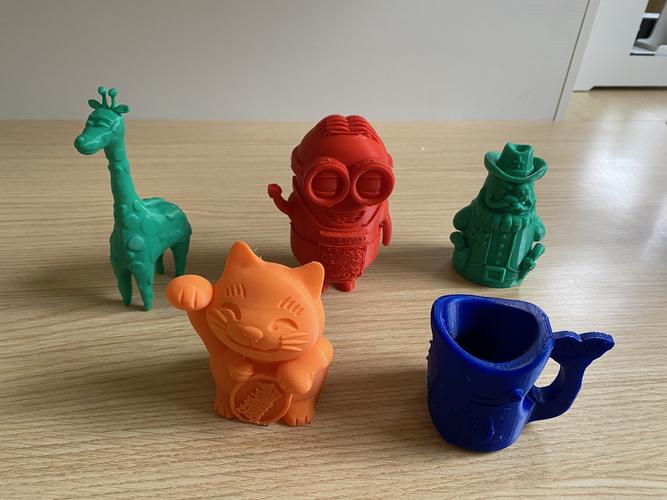
3D prints fail mainly due to avoidable setup errors and material inconsistencies. Common culprits include misaligned printer beds causing uneven layer

The biggest problem with 3D printing right now is speed vs. quality trade-offs. Most consumer and mid-range printers take hours
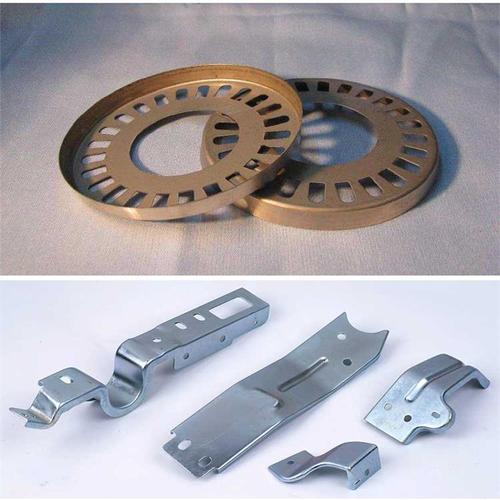
Coining is a precision metal stamping process that uses high pressure to reshape or imprint metal surfaces, creating detailed, crisp

The “best” gauge for metal stamping depends on application needs, but 16 to 22 gauge (0.5–1.6mm thick) is widely preferred
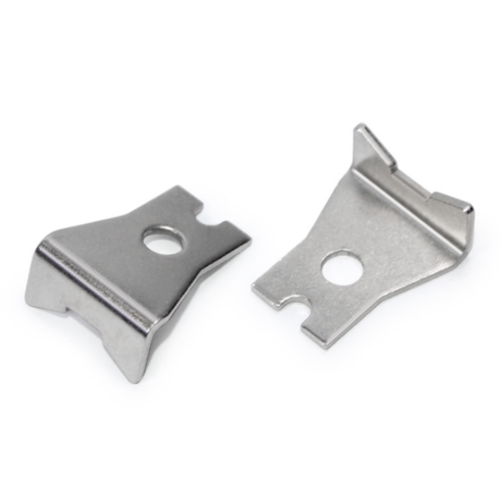
Rules of thumb for metal stamping are practical guidelines simplifying design and process decisions, focusing on formability, geometry, and efficiency.
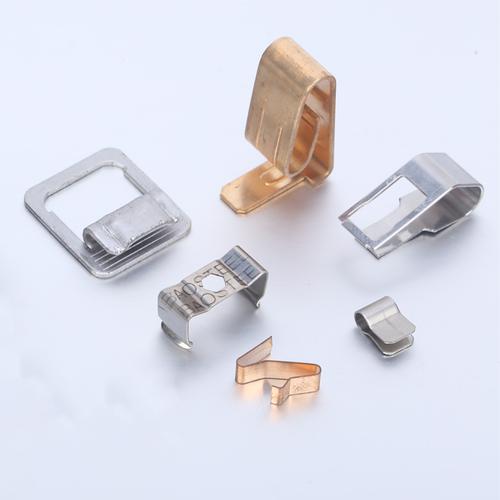
The “best” material for metal stamping depends on application needs, but low-carbon steel (mild steel) is widely favored for its

In the world of industrial manufacturing, where consistency, speed, and accuracy define success, a professional metal stamping kit isn’t just
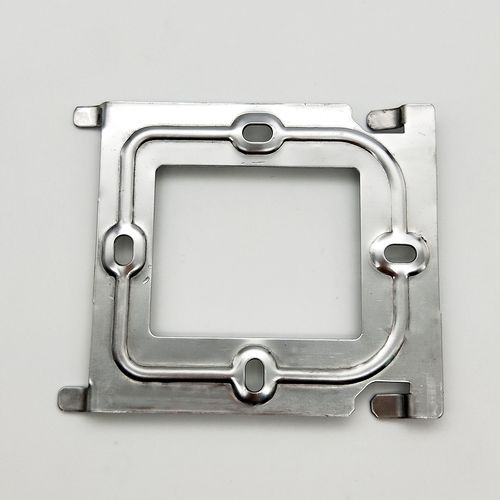
Whether you’re prototyping a new bracket, producing small-batch components, or scaling up to mass manufacturing, the right metal stamping kit

Metal stamping difficulty varies widely, from straightforward for simple parts (e.g., washers) to highly challenging for complex, high-precision components. Factors
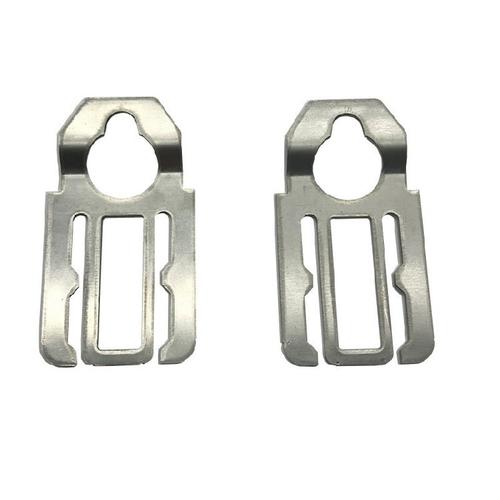
The stamping procedure is a systematic manufacturing process that shapes flat metal sheets into desired parts using dies and presses.
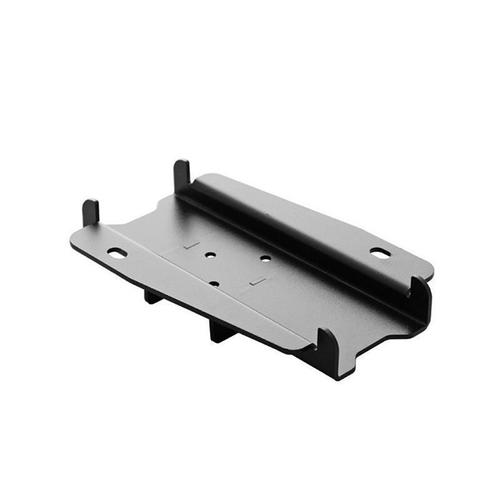
Metal stamping is a versatile manufacturing process used to shape flat metal sheets into precise, complex parts via dies and